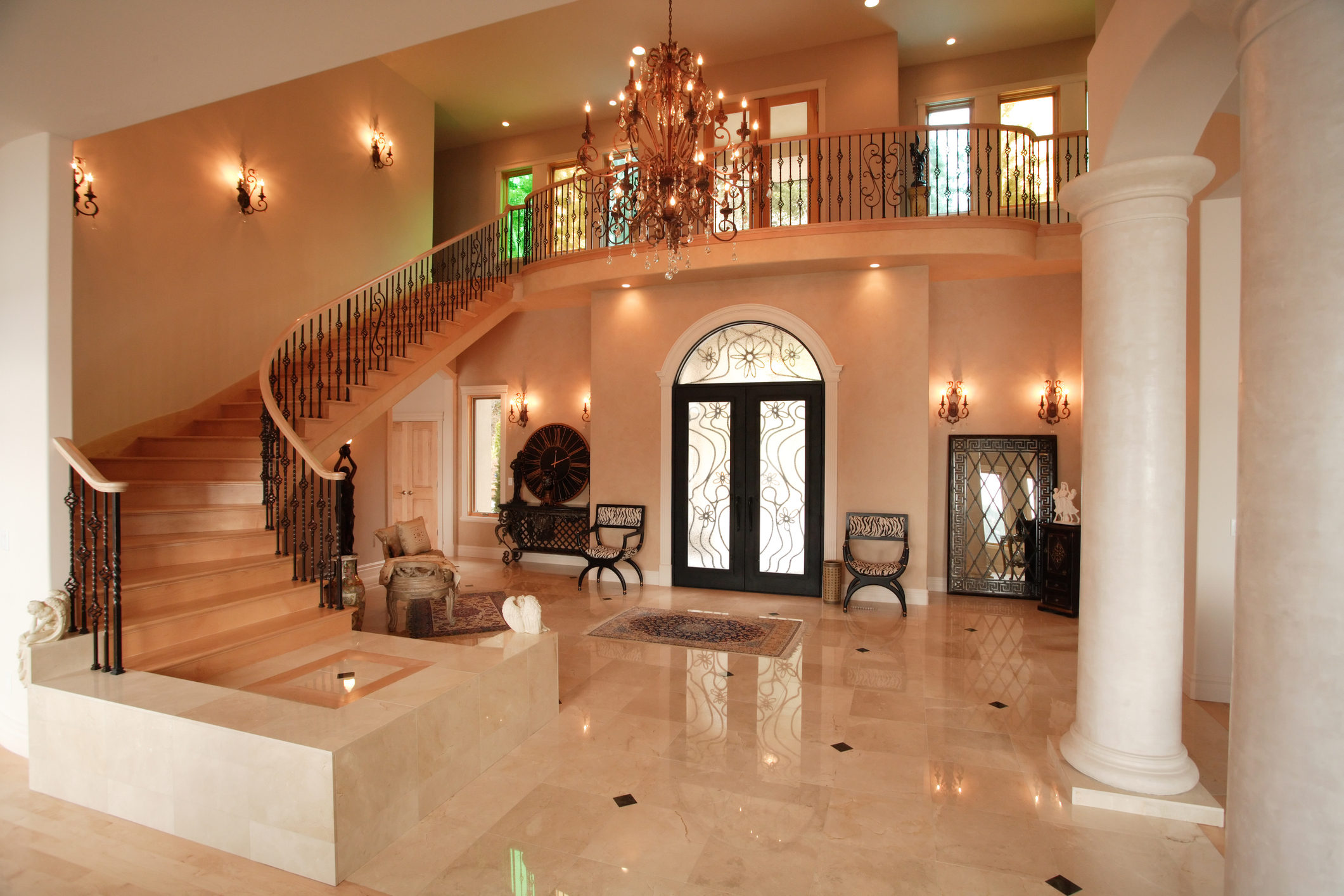Some design aspects should not be fads or trends but deliver both style and function to fit the interior. Several vital elements can bring both durability and a lasting look to a room. In the present technology, sustainability, design, and art are combining in never-before-seen ways.
Technology
 Home design has morphed into something where interior designers create sanctuaries for people to truly relax from the day with both comfort and technology incorporated into the decor.
Home design has morphed into something where interior designers create sanctuaries for people to truly relax from the day with both comfort and technology incorporated into the decor.
Examples of this concept in action are motion-sensing smart lighting that turns on when someone enters a room or walks down a hallway, tabletops that allow for connecting to the internet, and voice-controlled thermostats. Voice-commanded window shades and remote-controlled music through an app and the use of Bluetooth speakers allow for an entire house to enjoy the sounds without the need for extensive wiring.
Low Maintenance
Design pieces that bring both ease of use and low-maintenance are gaining favor among interior designers—the vast amount of products entering the marketplace to choose from, including soft fabrics with stain-proof features. Durable, easy to care for countertops made from quartz are sustainable and require very little upkeep beyond regular cleaning.
No Division Between Residential and Commercial
For years, there has been a line drawn between materials used to create designs for residential properties and those used for commercial properties. In recent times, that line is all but disappeared, and interior decor experts look for the same sustainability and cost-effective materials used traditionally for commercial properties.
Resins are no longer seen as something to be used in a business structure only. Resins appear on countertops, lighting fixtures, molded furnishings, and some designers create unique, laser-cut plastic chair designs from resin. The lightweight, durable material lasts, takes color well, and has a sleek, modern look.
Stone and Natural Elements
The addition of touches of nature inside the home goes beyond potted plants. Designers are finding innovative ways to bring the outdoors indoors. While cement and composite stones remain popular, property owners opt for natural materials such as lechin-covered bark and moss to river rocks and even spider silk incorporated into designs for a touch of the great outdoors.
Sustainability
Using materials in a home or commercial property that comes from sustainable sources is not only eco-friendly but also often an economical choice. Using recycled insulation, post-recycled articles for decor and building materials can reduce power consumption and impact a per-structure basis, particularly when combined with elements such as smart lighting that turn off the lights when no one is using them. Another aspect is geothermal heating and cooling systems that tend to cost more to initially implement but use less energy than other climate control methods.
Reclaimed flooring and plastic fibers are making their way into a second life as building materials, used in fabrics and furnishings. This new attitude of seeing these post-consumer items as raw material rather than something to dispose of creates economically friendly and sustainable products that have never been available for use at this level of availability before.
